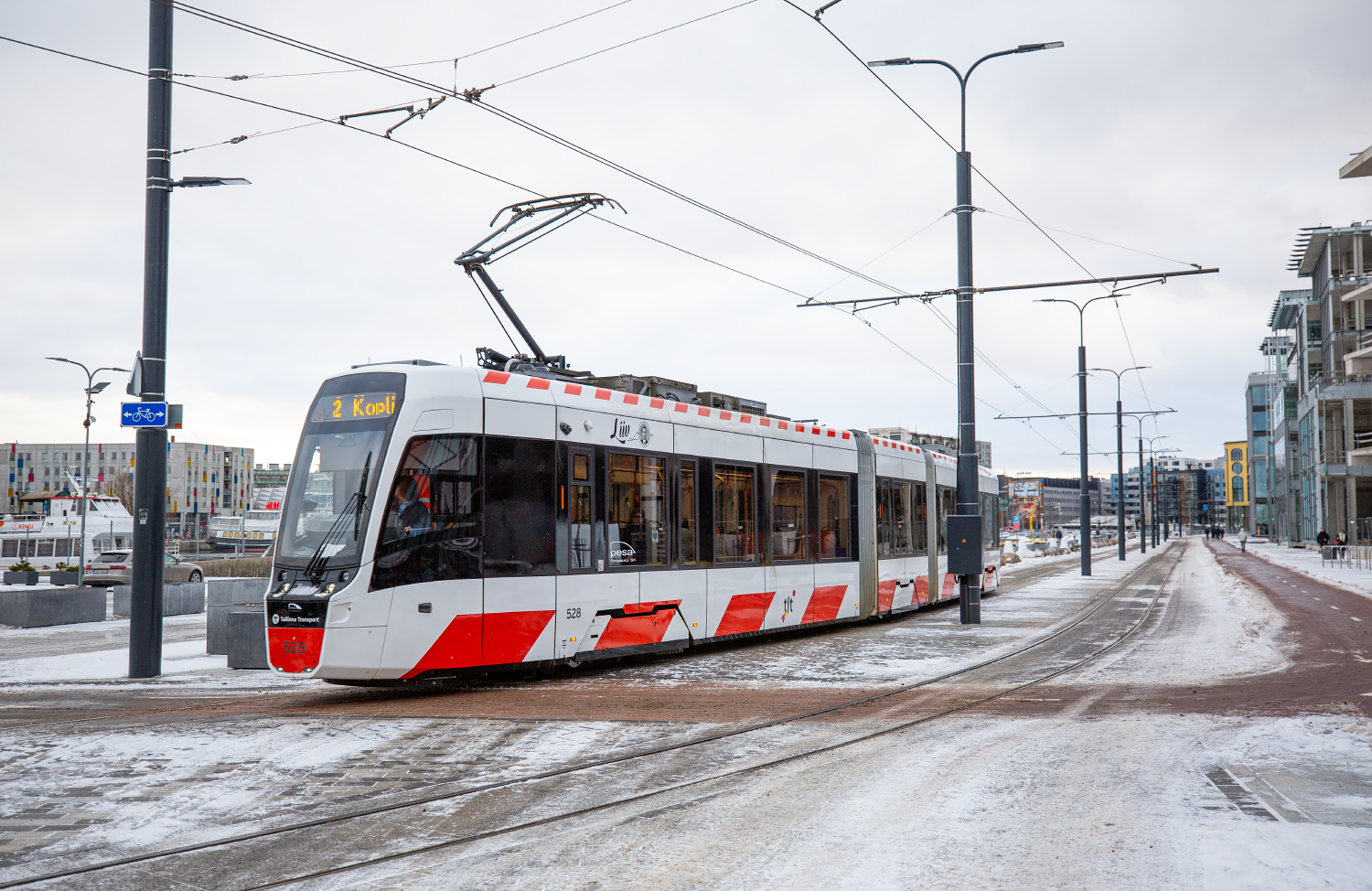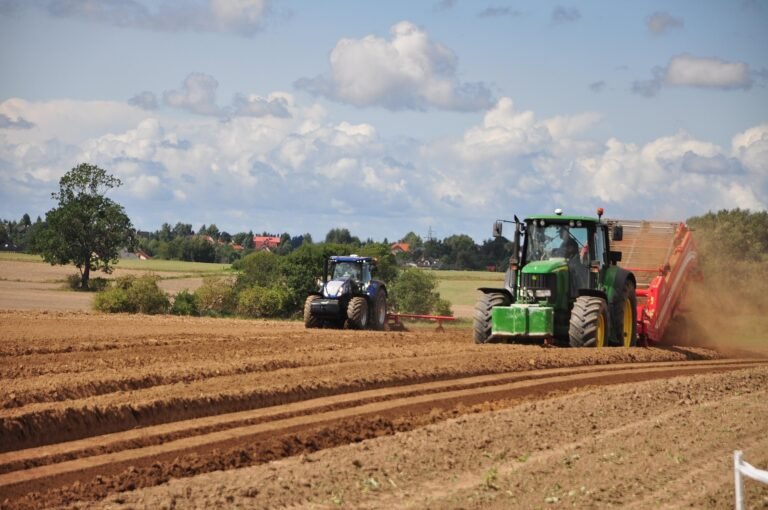AS Tallinna Linnatransport (TLT) operated more than 600 public transport vehicles in 2024, covering nearly 36 million kilometers and serving approximately 130 million passengers. On average, there were 355,000 trips per day by buses, trams, and trolleybuses.
Although the number of validated trips decreased by 2.1% compared to 2023, the overall number of public transport users remained at the same level. The decrease in validations was due to fewer required transfers, reducing the need to validate each journey separately. This was particularly noticeable on routes passing through the city center, where ridership actually increased—statistics from the last three months of the year show that since the second phase of public transport route network changes took effect on October 21, the number of trips has grown by nearly 6.5%, meaning about 4,000 more passengers per day than before.
Tallinn Deputy Mayor Kristjan Järvan noted that 2024 brought the biggest changes to the city’s public transport network in this century, requiring adaptation from both the city and passengers. “In the autumn, the second phase of the network changes was implemented, trolleybus traffic was temporarily suspended until new battery-powered trolleybuses arrive, and major roadworks disrupted tram traffic for extended periods,” Järvan said.
“The modernization of the public transport network has been effective. We are now focusing on analyzing the changes and making necessary adjustments. Alongside data, we also consider passenger feedback to make the required refinements for future modifications. Some adjustments have already been made,” added Järvan.
Overall, despite significant transformations in 2024, the number of public transport users increased, and passengers remained actively engaged throughout the year. On weekdays, TLT buses collectively cover 105,000 route kilometers, while trams cover 8,300 kilometers. Annually, a single bus travels an average of 58,000 route kilometers, and a tram about 40,000 kilometers.
“Every day, nearly 180,000 people rely on Tallinn’s public transport to get to school, work, and other destinations. It is great to see that our service is widely used,” said TLT board member Kaido Padar. “Our goal at TLT is to provide fast, convenient, and environmentally friendly public transport that is not just an alternative but the preferred choice for getting around the city. We believe the number of public transport users will continue to grow in the coming years—partly due to the rising cost of living, which encourages people to use free and well-connected transport options, and partly because public transport often offers a more convenient, hassle-free alternative to driving and parking.”
Padar added that efforts to improve the route network have made connections between districts more comfortable and accessible, offering a strong alternative to private cars. “We will continue investing in high-quality public transport this year to ensure even better travel options and sustainable solutions.”
During peak hours, TLT operates 457 buses and 46 trams to provide smooth and efficient public transport connections. Of TLT’s 557 buses, 15 are electric, and 350 run on gas, with 70% using environmentally friendly biomethane. Preparations are underway this year for procuring new trolleybuses and gas-powered buses.
Source: tallinn.ee






















